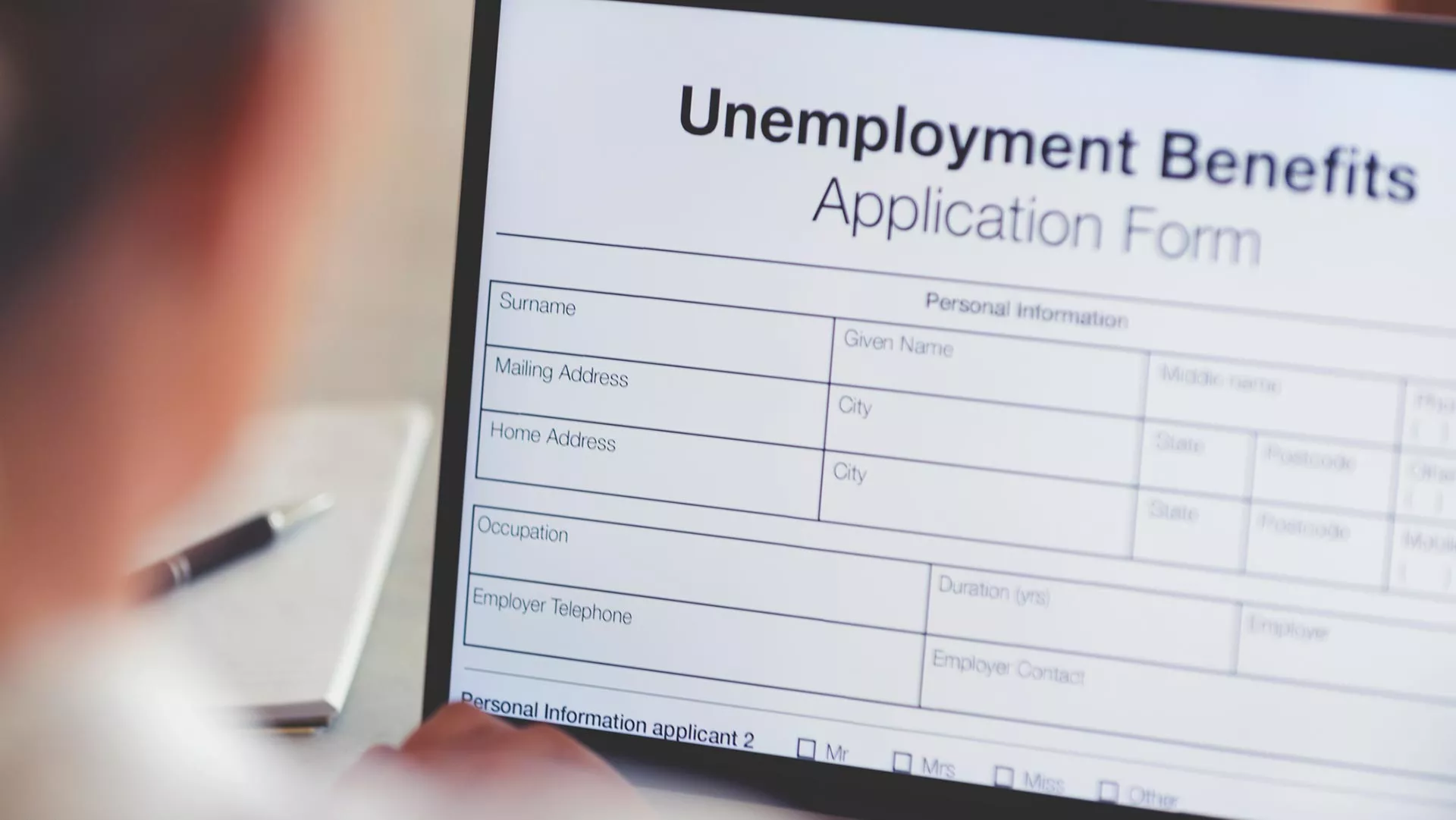On March 27, the $2-trillion Coronavirus Aid, Relief and Economic Security (CARES) Act was signed into law. The bill is a good start and, while not perfect, does address many needs of our students, educators, and schools. It is intended to help stabilize workers, families, and the economy during the COVID-19 public health crisis, and is the third relief package during the coronavirus pandemic and contains many beneficial provisions. NEA is also advocating for additional stimulus funds in a fourth package.
FEDERAL PANDEMIC UNEMPLOYMENT COMPENSATION
- Provides temporary Federal Pandemic Unemployment Compensation (FPUC) of $600 a week, through July 31, 2020, for any worker eligible for state or federal unemployment compensation benefits
- Compensation is paid in addition to and at the same time as (but not necessarily in the same check) regular state or federal unemployment compensation benefits
- Federal Pandemic Unemployment Compensation along with the underlying state benefit is intended to replace 100 percent of wages for the average worker, but would not affect eligibility for Medicaid or the Children’s Health Insurance Program
13 WEEKS OF EMERGENCY UNEMPLOYMENT COMPENSATION
- Gives an additional 13 weeks of unemployment benefits, through December 31, 2020, to workers who exhaust regular benefits provided for in state and federal law
FEDERAL PANDEMIC UNEMPLOYMENT ASSISTANCE
-
Special disaster relief program for self-employed workers, independent contractors, gig economy workers (for example, Lyft and Uber drivers), and individuals who were unable to start a new job or contract due to the pandemic
- Workers’ payments will vary by state, and are calculated according to state benefit formulas; payments would be no less than half the state’s minimum wage
- Workers would receive the $600 Pandemic Unemployment Compensation benefit on top of Pandemic Unemployment Assistance
EXPANSION OF WORK-SHARING PROGRAMS
- $100 million for states to implement, improve, and promote work-sharing programs, which provide employers with an alternative to layoffs
- Employers voluntarily enter agreements with state unemployment offices to reduce employee hours; workers with reduced hours are eligible for partial state unemployment compensation benefits
FREQUENTLY ASKED QUESTIONS
Will education support professionals, adjunct faculty members, and substitute teachers qualify for unemployment benefits under the CARES Act?
ESPs, adjunct faculty members, and substitute teachers who are laid off or otherwise not being paid because of COVID-19 related shutdowns are covered under the CARES Act. They are also covered by the law’s paid leave provisions if they cannot work because they have COVID, have been quarantined because of possible COVID, are caring for a family member with COVID, are caring for school-aged children whose schools are closed because of COVID, etc.
Could the unemployment benefits under the CARES Act cover education support professionals during the summer?
In theory, yes. States could—if they want to—allow ESPs to seek unemployment benefits for periods of unemployment over the summer. Currently, however, none do. As long as that is the case, ESPs’ only possibility for getting summertime unemployment compensation would be if they had a summer job lined up, but it was cancelled or they’re unable to get to the job because of COVID.
Do DACA recipients qualify for these unemployment benefits?
Yes, they do.
Do undocumented immigrants qualify for these benefits?
The bill does not mention the millions of undocumented immigrants throughout the nation who are at heightened health and safety risk and cannot access the aid and benefits the CARE Act provides.
What level of benefits will workers in my state receive?
This will vary from state to state. But workers who are eligible for state or federal unemployment compensation are also eligible for temporary Pandemic Unemployment Compensation of $600 a week, through July 31, 2020.
Can workers get unemployment benefits at the same time they receive employer-provided leave?
No.
Are self-employed workers and gig economy workers eligible for any of these pandemic-related unemployment benefits?
Yes. Although these workers do not typically qualify for unemployment compensation (partly because they do not have employers that contribute to the system), they are eligible for Pandemic Unemployment Assistance, as long as their states make an agreement with the Department of Labor. They are also eligible for the $600 per week Pandemic Unemployment Compensation supplement.
What if a worker is not laid off, but has their hours reduced?
Workers in this position may be eligible for partial unemployment benefits through the $100 million that states are receiving to support work-sharing programs, in which employers reduce employees’ hours instead of laying employees off.
I’ve heard there is a flood of applications for unemployment compensation. How is this increase being handled?
6.6 million individuals filed first-time claims for unemployment compensation in the week ending March 28; more than 3.2 million individuals filed claims in the week ending March 21. These numbers represent a 3,000-percent increase since early March, and are the highest in history. During this emergency, states can waive the one-week waiting periods for individuals applying for unemployment compensation. In addition, states can temporarily borrow interest-free from the federal government if this crisis strains their unemployment trust funds.
For more information, contact Sylvia Johnson, federal lobbyist, NEA Government Relations, at [email protected].
Are you an affiliate?



